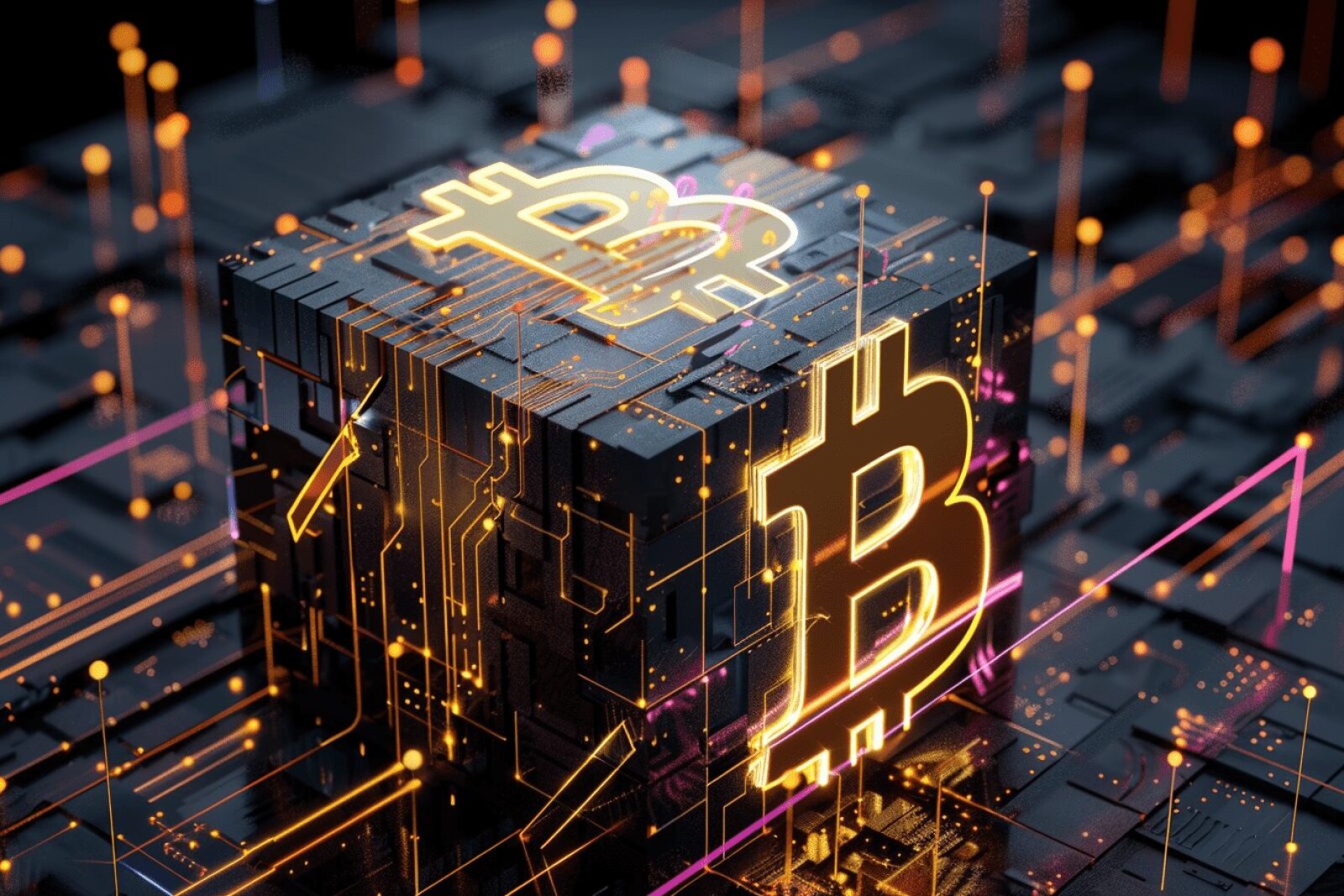
Jordan Bitman
NFTs and the Metaverse: Building Digital Worlds

The metaverse, a collective virtual shared space, is rapidly becoming a reality, and NFTs are at the heart of this transformation. These digital tokens enable the creation, ownership, and trading of virtual assets within the metaverse, building immersive digital worlds. Here’s how NFTs are shaping the metaverse and transforming our digital experiences.
The Role of NFTs in the Metaverse
NFTs provide a way to represent ownership and authenticity of virtual assets in the metaverse. These assets can include virtual real estate, avatars, digital art, in-game items, and more. By leveraging blockchain technology, NFTs ensure that these digital assets are unique, verifiable, and tradeable.
The metaverse is envisioned as an interconnected network of virtual worlds where users can interact, socialize, work, and play. NFTs play a crucial role in this ecosystem by enabling the seamless transfer of assets and identities across different virtual environments.
Creating and Owning Virtual Real Estate
Virtual real estate is one of the most significant applications of NFTs in the metaverse. Users can buy, sell, and develop virtual land, creating unique spaces for various activities. Platforms like Decentraland, The Sandbox, and Cryptovoxels offer virtual land parcels as NFTs, allowing users to build and monetize their digital properties.
Ownership of virtual real estate in the metaverse provides several benefits, including:
Monetization: Owners can monetize their virtual land by hosting events, renting out space, or selling digital goods and services.
Customization: Virtual land can be customized to reflect the owner’s vision and preferences, creating personalized and immersive experiences.
Community Building: Virtual neighborhoods and communities can be developed, fostering social interactions and collaborations among users.
Avatars and Digital Identity
NFTs also play a vital role in defining digital identities within the metaverse. Avatars, which represent users in virtual worlds, can be minted as NFTs, providing a unique and customizable identity. These NFT avatars can include various attributes, such as clothing, accessories, and special abilities, enhancing the user’s virtual presence.
Owning an NFT avatar offers several advantages:
Interoperability: NFT avatars can be used across multiple virtual worlds, ensuring a consistent digital identity.
Customization: Users can personalize their avatars to reflect their style and preferences, making their virtual experiences more engaging.
Ownership: NFT avatars provide verifiable ownership, allowing users to trade and transfer their digital identities.
Digital Art and Collectibles
The metaverse provides a vibrant platform for digital art and collectibles, with NFTs enabling artists to showcase and sell their work in virtual galleries and exhibitions. These digital assets can be experienced in immersive environments, enhancing their appeal and value.
Virtual galleries and exhibitions offer several benefits for artists and collectors:
Global Reach: Artists can reach a global audience, showcasing their work in virtual spaces accessible from anywhere in the world.
Interactive Experiences: Digital art in the metaverse can include interactive elements, such as animations, audio, and AR/VR components, creating engaging experiences for viewers.
Ownership and Provenance: NFTs ensure the authenticity and provenance of digital art, providing collectors with confidence in their investments.
In-Game Items and Virtual Goods
Gaming is a significant aspect of the metaverse, and NFTs are transforming how in-game items and virtual goods are created, owned, and traded. Players can earn, buy, and sell NFTs representing weapons, skins, equipment, and other in-game assets.
The integration of NFTs in gaming offers several benefits:
True Ownership: Players have verifiable ownership of their in-game items, allowing them to trade and transfer assets across different games and platforms.
Economic Opportunities: Players can monetize their gaming achievements by selling rare and valuable NFTs, creating new economic opportunities within virtual worlds.
Enhanced Gameplay: NFTs enable the creation of unique and customizable in-game items, enhancing the overall gaming experience.
The Future of NFTs in the Metaverse
The future of NFTs in the metaverse is filled with possibilities, as technology continues to evolve and new virtual worlds emerge. Here are a few trends to watch:
Interoperable Metaverse: The development of interoperable standards will allow seamless transfer of NFTs and assets across different virtual worlds, creating a more interconnected metaverse.
Advanced Customization: Advances in AR and VR technology will enable more sophisticated customization of virtual assets, enhancing the immersive experience.
Expanded Use Cases: Beyond gaming and art, NFTs will find applications in virtual commerce, education, entertainment, and more, broadening their impact on the metaverse.
In conclusion, NFTs are playing a pivotal role in building and shaping the metaverse, enabling the creation, ownership, and trading of virtual assets. By understanding the potential of NFTs in this emerging digital landscape, users can participate in the development of immersive and interconnected virtual worlds. As the metaverse continues to evolve, NFTs will offer even more opportunities for innovation and engagement in our digital lives.













